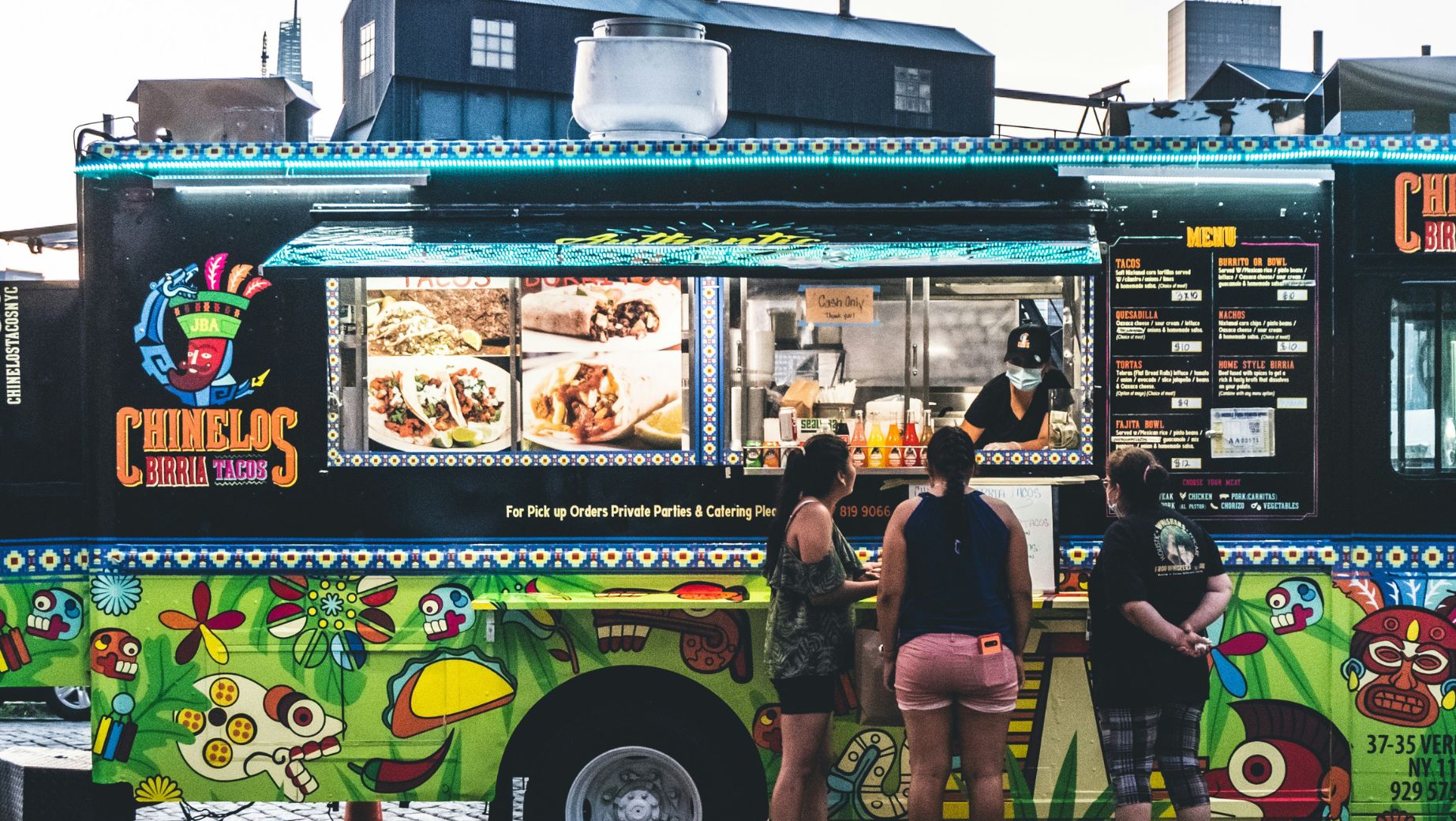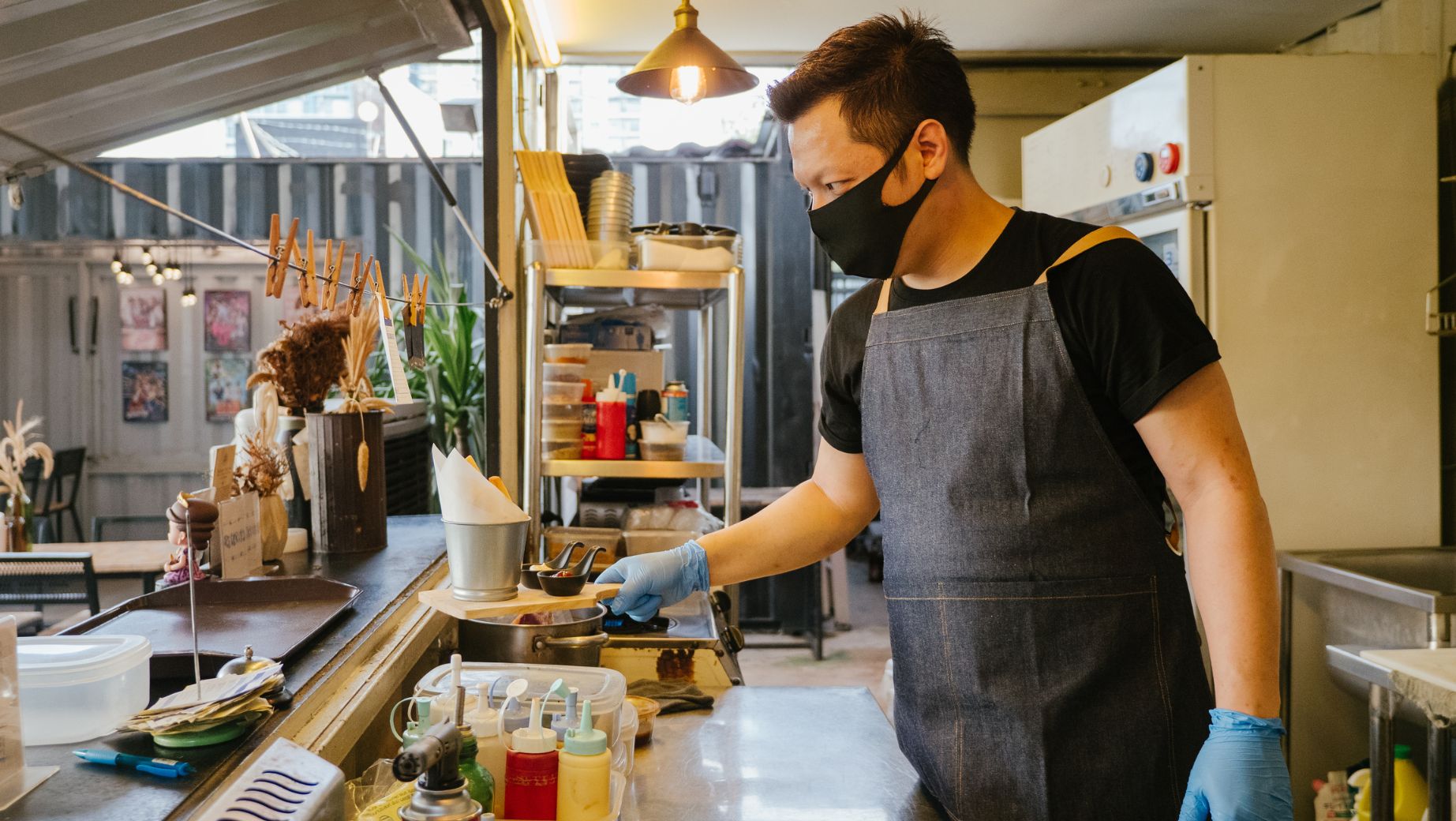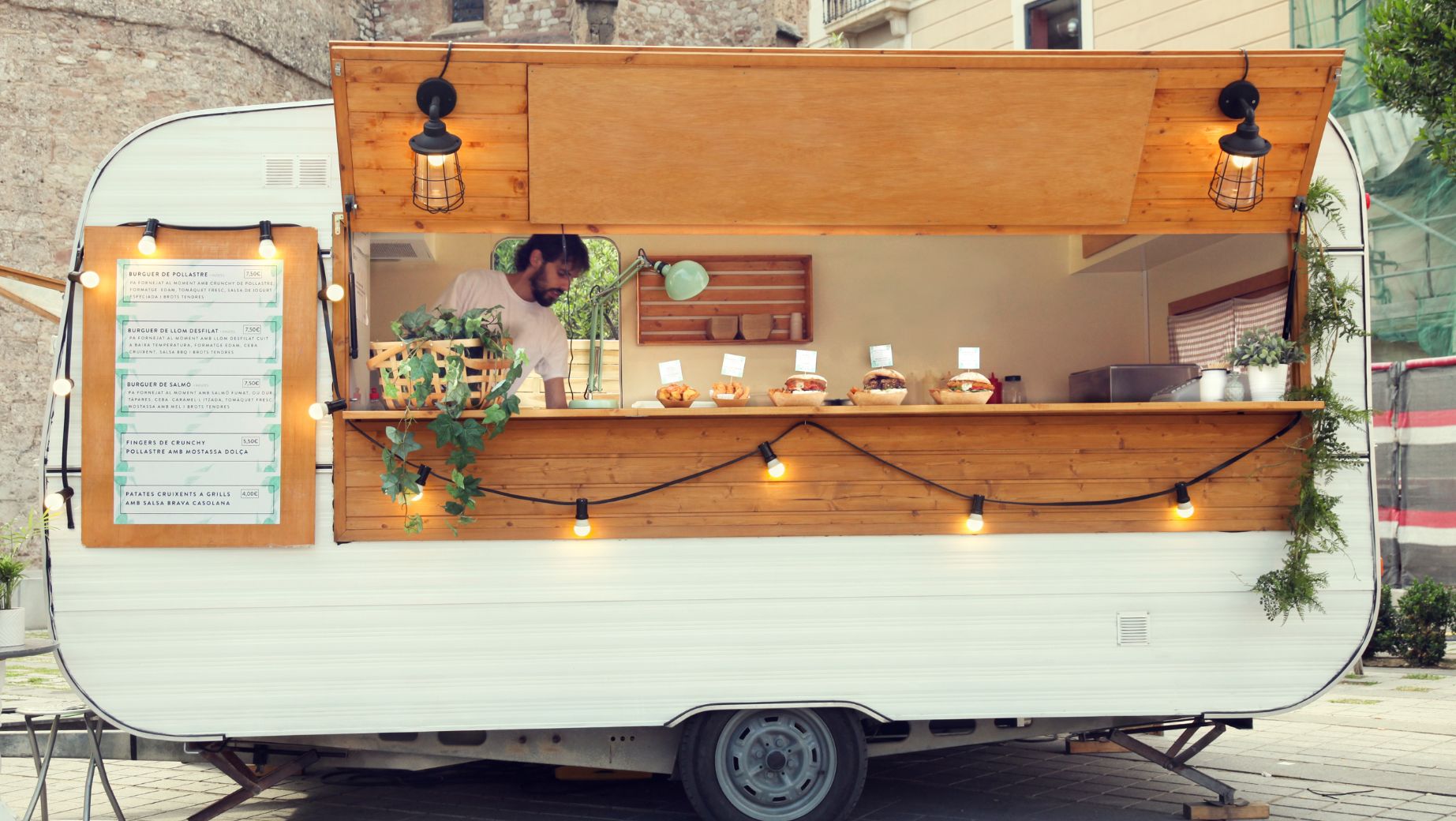
In recent years, food trucks have evolved from trendy urban novelties to full-fledged culinary destinations. With lower startup costs compared to traditional restaurants and the flexibility to go where the customers are, food trucks present an attractive opportunity for entrepreneurs. But as competition grows and customer expectations increase, leveraging technology to improve efficiency, customer engagement, and ultimately sales has become essential.
From smart inventory management tools to advanced point-of-sale systems and online marketing strategies, technology can transform a food truck from a simple mobile kitchen into a well-oiled sales machine. In this post, we’ll explore some of the most effective tech tools that can help food truck owners increase profitability and scale their business.
Gone are the days of chalkboards and printed flyers. Today’s customers expect digital convenience, even from mobile vendors. By using digital menus—whether through a tablet display, QR code, or mobile app—food truck owners can:
• Easily update menu items and pricing in real time
• Highlight specials, upsell add-ons, or promote combo deals
• Translate menus for diverse audiences
• Collect data on customer preferences
These interactive, paperless menus are not only more eco-friendly but also more appealing to tech-savvy consumers. They reduce wait times and ordering mistakes, while enabling food trucks to be more agile with pricing and promotions.
2. Online Ordering and Pre-Ordering
Speed and convenience are critical factors in a food truck’s success, especially during peak hours or crowded events. Allowing customers to place orders online or via an app can significantly reduce wait times, streamline kitchen operations, and increase the number of orders processed per hour.
Online ordering platforms can:
• Provide real-time order updates
• Enable contactless payments
• Allow customers to schedule pickups
• Send automatic order confirmations and receipts
This not only boosts efficiency but also improves customer satisfaction—a key ingredient in winning repeat business.
3. Mobile Payment Solutions
Cash-only food trucks are rapidly becoming a thing of the past. Mobile payment solutions like Apple Pay, Google Pay, and card readers such as Square or Stripe Terminal make transactions faster and easier. Customers are more likely to make impulse purchases or add extras when they don’t have to worry about carrying cash.

Offering a variety of payment options is no longer a luxury—it’s a necessity. It caters to modern consumer behavior and ensures you never miss a sale due to limited payment options.
4. POS Systems: The Nerve Center of Your Operation
One of the most powerful tools in a food truck’s tech arsenal is a Point of Sale (POS) system. Unlike a basic cash register, a modern POS system integrates multiple functions into one platform, including sales processing, inventory tracking, employee management, and analytics.
Choosing the perfect food truck POS system can make a massive difference in your daily operations. Here’s how a POS system can increase your sales:
• Speed & Accuracy: Faster transactions mean more customers served, especially during rush periods. Mistakes in orders or pricing are drastically reduced.
• Inventory Management: Keep real-time tabs on stock levels. Know when you’re running low on key ingredients, and avoid missed sales due to unavailability.
• Sales Reporting: Access detailed reports to understand what items are selling best, what times are busiest, and which locations perform better.
• Customer Data: Collect email addresses or phone numbers for future marketing campaigns or loyalty programs.
• Mobile Integration: Many POS systems offer mobile functionality, so you can manage your truck even while on the move.
In short, a smart POS system doesn’t just handle transactions—it becomes the brain of your business, helping you make better decisions and maximize revenue.
One of the biggest advantages food trucks have over brick-and-mortar restaurants is mobility—but that also presents a challenge: How do customers know where to find you?
Social media platforms like Instagram, Facebook, and Twitter are vital tools for updating your location in real time. Regularly posting your daily location, menu updates, and behind-the-scenes content can keep followers engaged and excited to visit.
Additionally, tools like Google My Business or food truck locator apps can improve visibility and help you show up when potential customers search for food near them.
Some ways to use social media and location tech effectively:
• Use Instagram Stories to announce location or feature daily specials
• Enable check-ins and reviews on Facebook and Google
• Use hashtags or geotags to reach local audiences
• Participate in food truck festivals and sync your schedule with event calendars
6. Customer Loyalty Programs
With so much competition in the street food industry, retaining loyal customers is just as important as attracting new ones. Technology makes it easy to create digital loyalty programs that incentivize repeat visits without the need for punch cards.
Apps and POS systems can track visits, offer rewards, and send personalized offers. For example:
• “Buy 9 tacos, get the 10th free”
• “5% off your next visit if you order online”
• “Happy hour deals for loyalty members only”

These perks not only increase repeat business but also create a sense of community and connection between your brand and your customers.
7. Data-Driven Decision Making
Technology provides access to real-time data that can guide every aspect of your food truck business—from what you serve to where you go. By analyzing sales trends, customer feedback, and traffic patterns, you can:
• Optimize your menu for top sellers
• Adjust pricing based on location or event
• Plan staff schedules more effectively
• Choose high-traffic times and locations for maximum visibility
This data-centric approach ensures you’re not just working hard, but working smart.







